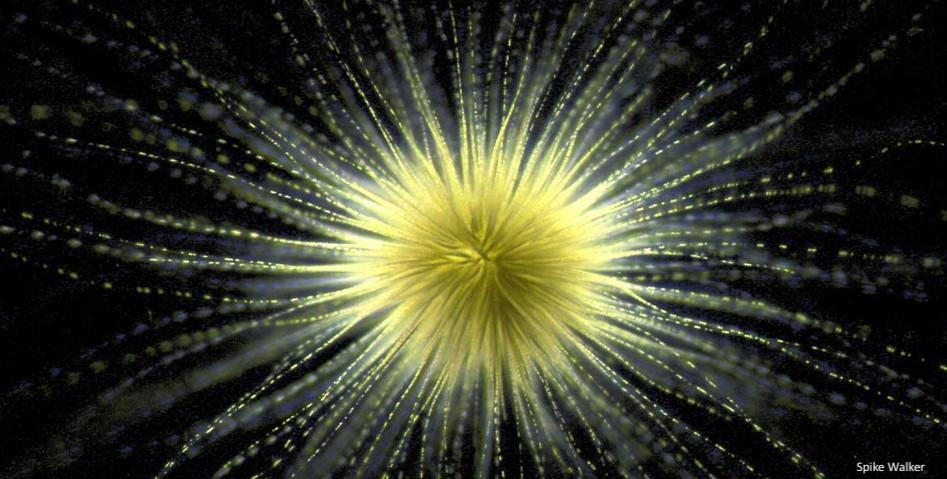
- Complexity Explorer /
- 15 May 2019
- Agent-Based Modeling Biology Ecology Astrobiology Origins of Life
Enrollment now open for Introduction to Agent-Based Modeling!
To spark your interest in Agent-based modeling - download and explore some of the top final NetLogo model assignments from our 2018 students. If you want to learn these skills too - and gain insight into the dynamics and emergent patterns in a variety of systems - join the course - class starts July 1.
New to Netlogo: You will need NetLogo to explore the models below - download here for free. Once you are have the model open navigate to the 'Info' tab for the model description. To run the models click 'Setup' and then 'Go'!
Want more before the course begins? We have a great tutorial - Fundamentals of Netlogo - an excellent primer by Bill Rand for Agent-based modeling.
The areas of investigation in these top projects are extremely diverse - economics, social science, biology, medicine, chemistry, computation, pathology....and more!
2018 Top Final Model Design Assignments
 An Agent Based Model of Idea Crowdsourcing
An Agent Based Model of Idea CrowdsourcingIn this model author TTE explores idea-generation in crowdsourced contests, with the aim of examining questions related to how prizes, incentives, contest length, and number of contributors effects the outcomes.
Turtle Dispersal Model

Here we get to explore the dispersal patterns of the Blanding's Turtle, a threatened species in the state of Minnesota, USA. The model looks at emergent behaviors between dispersal rates, survival rates, and population rates.
 Reiter's Snowflakes
Reiter's SnowflakesThis model takes Clifford Reiter's formulation for growth of ice crystals, and uses a hexagonal based cellular automata to look at the set of localized rules that produce the beautiful geometric emergence of snowflakes.
 A simple ABM for price inflation
A simple ABM for price inflationHere we explore the emergence of price inflation by considering agent-to-agent interactions and increase in the monetary stock where agents buy and sell perishable good types.
Get a look at the interaction and infection of healthy target cells with infected target cells is visualized to understand the effect of HIV on the number of healthy cells without immune response or antiretroviral therapy.
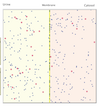 Isotope Fractionation in the Kidney
Isotope Fractionation in the KidneyUsing the light and heavy isotopes of oxygen this model explores a their movement in the kidney using Pearson's random walk.
Look into the balance between food acquisition and food consumption when it comes to survival
Learn a bit about how the academic research processes by examining the highly unequal citation process and the clustering of researchers into scientific fields.
In a landscape of trees - think an orchard or forest - disease spreads and this model enables you to explore this phenomena in under a variety of conditions to explore hypotheses.
This model relates immune system to computer network connectivity to better understand autoimmune responses and simple up/down connectivity problems on the Worldwide Web.
About the Instructors
This year we have a new course instructor team, Anamaria Berea and Katarzyna Samson. You will see course creator Bill Rand, Associate Professor of Marketing at North Carolina State University, as the course video instructor!
Anamaria was the course teaching assistant in the 2017 offering of Introduction to Agent-Based Modeling and brings her dual PhD's (international business and economics) into Agent-based Mmdeling, working at the intersection of economics, information, and computational methods for the past 10 years. Anamaria is currently an associate research professor in the Complex Adaptive Systems Laboratory at the University of Central Florida. Her projects include the study of company growth, diffusion of fashions and fads, social media impact on crowd-funding success, the emergence of language and communication in socio-biological networks, geopolitical and science and technology forecasting, recommender systems for students applying to college, mass media sales forecasting, simulation of conflicts in Afghanistan-Pakistan area, and many more.
Katarzyna (Kasia) Samson joins the course this year, coming to us from the SWPS University of Social Sciences and Humanities in Wroclaw, Poland and is a former Complex Systems Summer School student (2010). Kasia's PhD was on "Trust as a mechanism for sustaining social inequalities" and her work relates largely to the theme of trust dynamics in social systems. She has experience with Agent-Based Modeling in projects exploring "Common Complex Collective Phenomena in Statistical Mechanics, Society, Economics and Biology”, "Qlectives: Socially Intelligent Systems for Quality", and "Modelling innovation adoption in a heterogenous population". We are really excited to have Kasia join the Complexity Explorer!
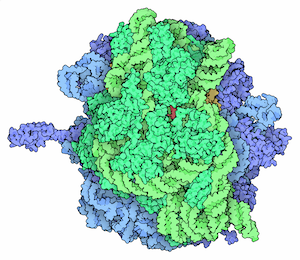 Origins of Life - Now Open for Enrollment!
Origins of Life - Now Open for Enrollment!Our newest course is now open for enrollment and it is entirely free! As of this news article we have 1,558 students enrolled - join now - class starts June 14!
About the Instructors
Dr. Maurer is interested in the abiogenesis from both the origins-of-life and artificial life perspectives. She builds model cells from amphiphiles, and examines possible life-like properties, such as metabolism or growth and division. Her current projects include: the ability of cells to survive in the absence of reproduction, artificial photosynthesis under prebiotic conditions, and studying the behavior of biomolecules and their analogues in less polar solvents to inform our search for life in the solar system and beyond.
Dr. Kempes works at the intersection of physics, biology, and ecology. Using mathematical and computational techniques, he studies how simple theoretical principles inform a variety of phenomena ranging from major evolutionary transitions, to the biogeography of plant traits, to the organization of bacterial communities. He is particularly interested in biological architecture as a mediator between physiology and the local environment, and in developing general perspectives of life that can be applied in astrobiological contexts.
Maria is broadly interested in the processes that led to biological diversity and complexity on Earth and possibly elsewhere. She works at the intersection of evolutionary biology, ecology, and astrobiology to answer questions about life’s origin and ability to adapt to extreme environments. Her previous projects include studying microbial communities from Antarctica, the North Atlantic, Amazonian rivers, and Mexico’s Chihuahuan Desert to better understand the resilience and evolutionary history of life.
2019 InterPlanetary Festival
Curious to explore more about the fundamental systems and questions of our existence as a species, both on Earth and beyond? Join us in person or remotely (the majority of the events will be live streamed on SFI's youtube) for the second annual InterPlanetary Festival presented by the Santa Fe Institute. Origins of Life course co-creator Chris Kempes and guest lecturers David Baum, Kate Adamala comprise the "Building Life for Scratch" panel!
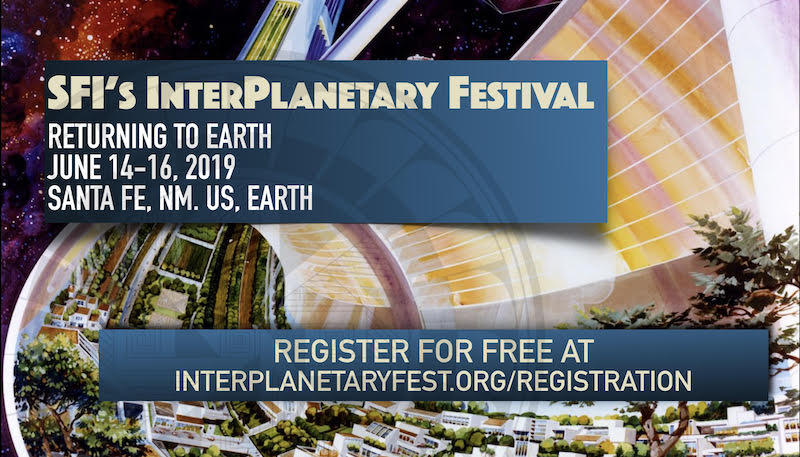
The banner image at the top is gloeotrichia, a colonial cyanobacterium. Filaments arrange themselves in starlike colonies. Large numbers of colonies can collect in freshwater lakes, forming blooms. Sixth Prize, 2005 Olympus BioScapes Competition. Spike Walker. doi:10.7295/W9CIL42510

 3D HIV Dynamics
3D HIV Dynamics Food and Survival
Food and Survival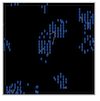 The Citation Game
The Citation Game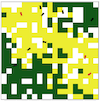 Root Disease Spread
Root Disease Spread Immunity Network
Immunity Network